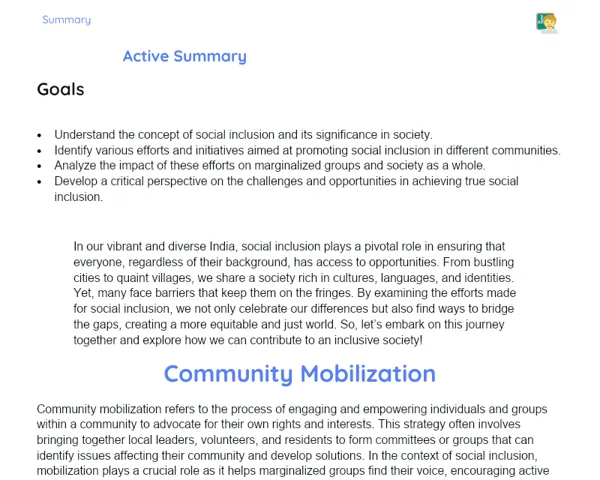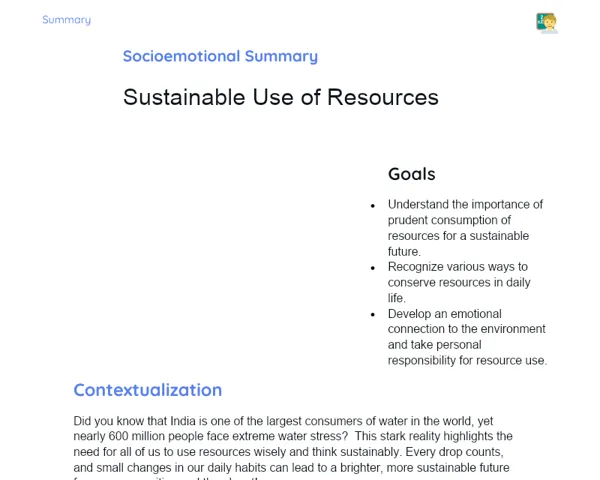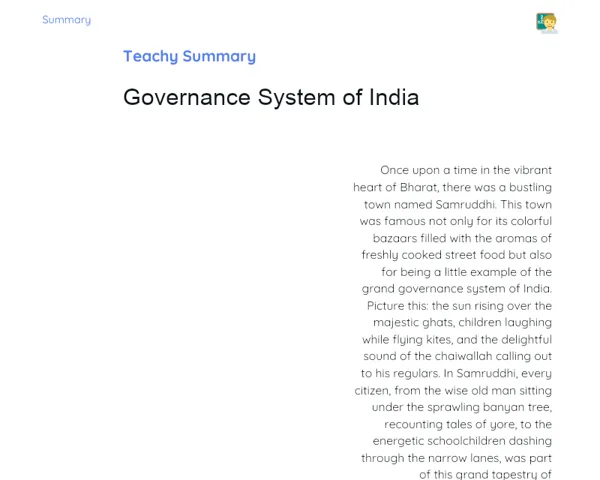## Goals
1. Understand the importance of conducting a comparative analysis of various sources.
2. Develop skills to evaluate different perspectives and their historical significance.
3. Learn to reconstruct a well-rounded narrative by integrating diverse viewpoints.
Contextualization
Did you know that history is like a vibrant tapestry woven from different threads of stories? Each perspective brings a unique color and texture to our understanding of past events. In India, where our history is enriched by diverse cultures and experiences, a comparative analysis of sources allows us to grasp the complexities of our heritage. From ancient scriptures to colonial records, every source has its own tale to tell!
Subject Relevance
To Remember!
Source Diversity
Source diversity refers to the variety of materials and perspectives that contribute to our understanding of historical events. This includes primary sources like letters, diaries, and official documents, as well as secondary sources such as textbooks and academic articles. By analyzing a broad spectrum of sources, we can appreciate how different voices and contexts shape our understanding of history. In the context of India, where myriad cultures and viewpoints exist, source diversity is crucial for constructing a comprehensive narrative that respects all contributors to our collective heritage.
-
Variety of Sources: Different types of sources provide varied perspectives. For example, a newspaper article from the colonial period may offer insights into public sentiment, while a scholarly article can provide analytical depth.
-
Cultural Context: Understanding the cultural background of each source enriches our analysis. Indian history is deeply influenced by local traditions, languages, and social structures, making context essential.
-
Bias and Objectivity: Every source may reflect bias based on the author's background or purpose. Recognizing these biases helps us understand the limitations and strengths of each source.
Critical Evaluation
Critical evaluation involves assessing the reliability and relevance of sources to ensure that the narratives we build are accurate and well-founded. This skill is essential for differentiating credible sources from those that may promote misinformation. Techniques such as checking the author's credentials, analyzing the purpose of the document, and looking for corroborating evidence from other sources are key methods in this process. In our diverse Indian context, this not only sharpens our analytical skills but also empowers us to navigate the complex information landscape of today.
-
Author's Credibility: It is important to research who created the source. A reputable historian's work is often more reliable than an anonymous blog post.
-
Purpose of the Source: Understanding why a source was created can reveal biases. For instance, propaganda materials are crafted to persuade rather than inform.
-
Cross-Referencing: Comparing sources against each other helps validate information. Multiple accounts of the same event can provide a fuller picture.
Narrative Reconstruction
Narrative reconstruction is the process of weaving together insights from multiple sources to create a cohesive and balanced historical account. This skill extends beyond just summarizing information; it involves synthesizing various viewpoints and highlighting important events while considering different cultural narratives. In India, where history is rich and multifaceted, reconstructing narratives is crucial for fostering an inclusive understanding of our past. By engaging in this process, students learn to create narratives that reflect the complexity of history while honoring diverse contributions.
-
Synthesis of Perspectives: Combining insights from different sources allows for a fuller understanding of events. This is especially important in a multi-religious and multicultural country like India.
-
Highlighting Disparities: Recognizing how different groups may view the same event differently is vital for an honest historical narrative. This helps combat historical silencing.
-
Fostering Empathy: By telling stories from multiple perspectives, we learn to appreciate the struggles and triumphs of various communities, which is essential for social cohesion.
Practical Applications
-
Research Projects: Students can conduct research on a historical event by gathering multiple sources, enabling them to practice comparative analysis directly.
-
Debate Preparation: Preparing for debates on historical topics encourages students to evaluate diverse sources and perspectives before forming arguments.
-
Family Histories: Encouraging students to interview family members about past events can foster a deeper understanding of personal and community history while utilizing their comparative analysis skills.
Key Terms
-
Primary Sources: Original documents or evidence from the time being studied, such as letters, photographs, or artifacts.
-
Secondary Sources: Works that analyze, interpret, or summarize primary sources, such as history books and articles.
-
Bias: A tendency to lean in a certain direction, which can influence how information is presented and understood.
Questions for Reflections
-
Reflect on a historical event you learned about recently. How would looking at that event from different perspectives change your understanding?
-
Consider the sources you encounter daily, such as news articles. How can you apply the skills of comparative analysis to evaluate their credibility?
-
Discuss with your family or friends about a shared cultural event. How do different perspectives shape the way you remember that event?
Source Sleuth: Uncovering the Stories Behind the Sources
Put on your detective hat and embark on a journey to explore various historical sources related to a significant event in your community! Your task is to gather at least three different types of sources, such as a newspaper article, a memoir from a local resident, and a book about the event. Analyze each source for its perspective, bias, and contribution to understanding the event.
Instructions
-
Choose a historical event that has impacted your community.
-
Research and find at least three distinct sources related to that event. They can include primary sources (like letters or interviews) and secondary sources (like books or articles).
-
For each source, write down its main points, the perspective it offers, and any biases you notice.
-
Create a brief presentation or poster that highlights your findings, showcasing how these sources together provide a multifaceted view of the event.



